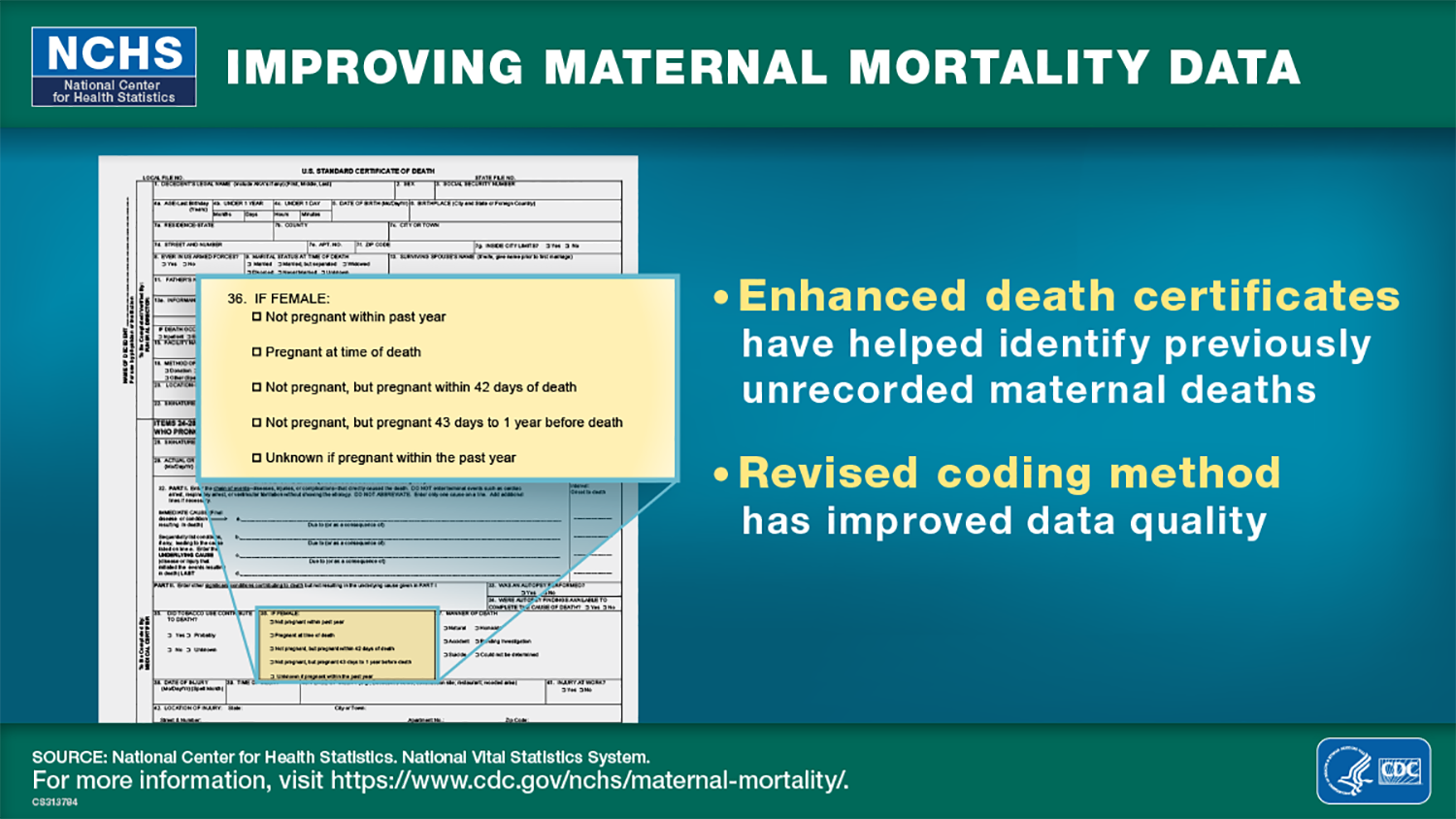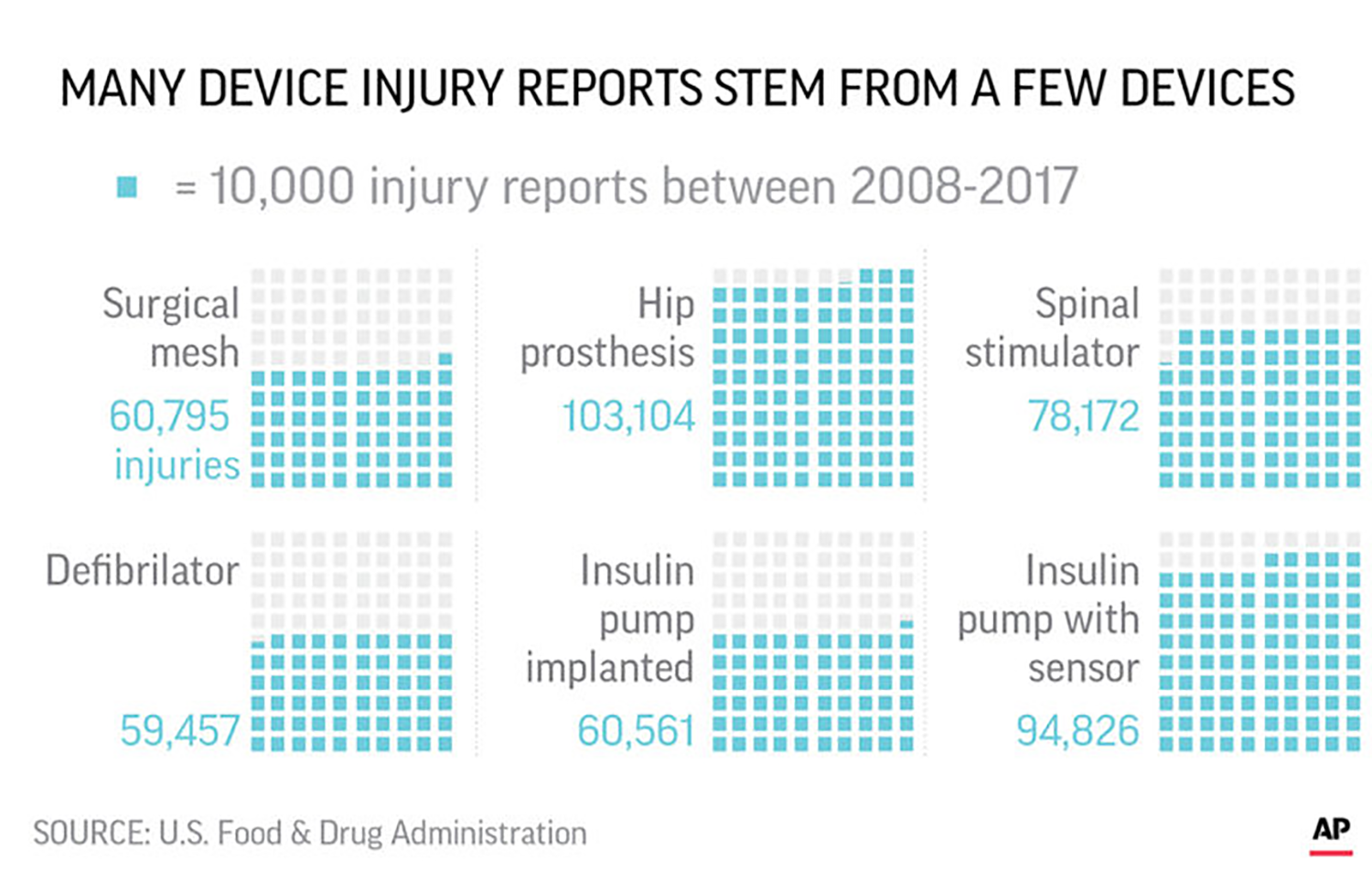Medical Error Statistics: When Healthcare Can Kill You
What They Can Cause
Medical errors have a huge cost. They cost about $20 billion per year annually since they lead to more expenses to correct or treat more issues. These payments often fall on outside parties, such as Medicare. One in seven Medicare patients face a medical mistake, so these costs do occur frequently.
But the cost is more than financial; they can cause prolonged illness, permanent disability, or even death.
These issues aren’t new; the first major report on medical errors in the US is from over two decades ago. In 1999, The Err is Human from the Institution of Medicine estimated 98,000 deaths due to error. At the time, this would be the sixth leading cause of death in the country.
A study in 2010 found that this number had almost doubled to 180,000 deaths. And by 2013, the estimate ranged from 210,000 to 440,000 deaths per year. This landed medical errors as the third leading cause of death trailing heart disease and cancer.
Following the same pattern, it would still be the third leading cause of death today.
Researchers used four separate studies from 2000 to 2008 and hospital admissions rates from 2013 to analyze this problem. Based on extrapolated data of 35,416,020 hospitalizations, medical errors cause 251,454 deaths per year. This translated to 9.5% of all deaths per year.
Issues With Reporting
Despite mistakes affecting so many patients, it goes unreported more often than it should. NORC at the University of Chicago conducted a 2017 survey about patients’ experiences with medical errors.
This survey from adults found that in 32% of cases where a patient experienced an error, the health facility informed the person of it. Sixty-seven percent said they were not informed.
Because patients aren’t always informed of an incident, they end up reporting it to the hospital on their own. Of those who personally experience errors, 31% report it themselves and 10% have someone else report it on their behalf. Fifty-six percent of patients who don’t report the mistakes said they didn’t think it would do any good. And four in ten didn’t even know how to report it.
So why aren’t mistakes reported? Despite the previous statistics of how many deaths occur, the reality is that the true numbers are unclear. This is for several reasons. There’s disagreement about how to measure adverse effects, if it’s possible to pinpoint accurate numbers, or if reporting is necessary for enhancing patient safety.
On a larger scale, the CDC fails to classify errors separately on a death certificate when collecting health statistics. This makes it even harder to know real data about how often these issues occur.
Even if hospitals do report mistakes, it doesn’t mean anything will change. A study looked at hospitals that reported total medical mistakes. Researchers studied 25 Pennsylvania hospitals that implemented a MEDMARX Medication Error reporting system.
Throughout the year, reports increased significantly over each quarter. During the same time, the proportion of hospital corrective actions stayed relatively constant. So even though they were tracking how much harm there was, they weren’t managing it.
Why Errors Occur
The term “error” is negative and might sound malicious, but it doesn’t mean there was intentional harm. There are situations where doctors intentionally disrespect or don’t value their patients, but more often than not, this isn’t the cause.
Most are due to systematic problems. Just like how there are system issues with reporting, there are also system issues that cause preventable problems:
-
Communication problems
-
Organizational transfer of knowledge
-
Inadequate information flow
-
Patient-related issues
-
Staffing patterns and workflow
-
Technical failure
-
Inadequate policies
All of these are controllable factors, which go to show that many mistakes are preventable.
Common Types
There are thousands of types of mistakes, but let’s look at some of the most frequent.
The most common type relates to diagnoses. Of those who experience mistakes, 59% said that it was due to an incorrect diagnosis, late diagnosis, or a problem that wasn’t diagnosed at all.

Diagnostic mistakes lead to the death or injury of 40,000 to 80,000 patients annually. The misdiagnosis rate is 10% to 15%. These problems are a challenge regardless of medical specialty.
Surgical errors are another common problem with at least 4,000 occurring each year in the US. What’s interesting is that many are a result of systematic issues, as I mentioned earlier. Some are a result of medical equipment during surgery, which leads me to the third common type.
While medical devices advance and improve the health industry, they still aren’t perfect. There are over 5,000 kinds of medical devices used in healthcare, so mistakes are inevitable. Sometimes these devices end up getting recalled because of their risks.
But unfortunately, the flaws aren’t always caught before it’s too late. Across all devices, the FDA reported more than 1.7 million injuries and around 83,000 deaths in the last ten years.
Health-associated Infections
You’d think that you’ll be least likely to get sick at a medical facility. After all, it should be clean so patients can heal. But a health-associated infection (HAI) is one adverse effect that results from medical care. According to the CDC, one in 31 patients has an HAI on any given day.
In 2013, 99,000 people died from this effect. Thankfully this number dropped within a few years, but not by much. In 2015, there were still about 72,000 patients who died from HAIs during their hospital stay. But patients were 16% less likely to have one of these infections in 2015 versus 2011.
Patients who end up with an HAI after surgery spend an extra 6.5 days in the hospital on average. They’re also five times more likely to return after hospital discharge and twice as likely to die.
How They Affect Women and Infants
There are disparities across different demographics when it comes to medical errors. Let’s take a look at women and infants. It’s worth mentioning that the maternal mortality rate (MMR) in the US is higher than those in other wealthy countries.
Of course, this can be for a variety of reasons. But one contributing factor to this rate is preventable problems. About 700 US women die from pregnancy-related complications each year. But around 60% of these are preventable.
For maternal mortalities, a revised coding method and death certificate have improved the quality of data. This can help with determining if the cause of death was preventable, thus enhancing reporting.

Newborns experience preventable complications, too. There are nearly 28,000 birth injuries per year and many are preventable. This is about three babies each hour that experience these injuries. About 134 of 100,000 babies will die from birth injuries. While one-quarter are due to poor prenatal care, many are a result of medical negligence or malpractice.
Is Anyone Else to Blame?
Pointing fingers doesn’t help because anyone can make mistakes. It isn’t always the fault of the hospital, which is why you shouldn’t avoid receiving care if you need it.
Other parties come into play when mistakes occur. I mentioned that medical equipment can cause harm to patients. Sure, this could fall on the hospital for not assessing vendors or providing equipment training. But it may simply come down to the device manufacturer.
We see product malfunctions all the time whether it be with cars, cell phones, or other technology. The same can happen with medical equipment, but unfortunately, this can have more tragic impacts since lives are at risk.
Medication errors occur outside of the hospital. They can happen from a doctor giving out the wrong prescription or a nurse administering the wrong drug. But pharmacists also fill wrong prescriptions.
These medication mistakes cause injuries for around 1.5 million people each year. Out of three health settings that these occur most frequently, hospitals of the least. Each year, about 400,000 occur in hospitals compared to 800,000 in long-term care settings and 530,000 in outpatient clinics.
OK, at this point you might be afraid to trust health professionals when receiving a prescription. But in many cases, the patient has power when it comes to reducing medication mistakes.
Yes, even patients can be the cause of their own adverse health effects. People use half of all prescriptions incorrectly, which causes up to a quarter of hospital and nursing home admissions. And around 125,000 people die each year because they didn’t follow their medications properly.
Like other mistakes, this is also preventable. Patients should ask questions, confirm their medication directions, and consult their doctor with any concerns.
Conclusion
Medical errors have serious costs associated with it. The health industry loses out on billions each year because of them. But patients have more to lose.
These can cost people their health and, in the worst cases, their lives. Since most of these mistakes aren’t intentional or malicious, it seems negative to refer to them as “errors.”
But it draws attention to the idea that something needs to change. For example, hospitals don’t always disclose them to patients or don’t have a good system for reporting data.
They must hold staff accountable, improve reporting methods, use secured devices, and keep facilities clean. They can also improve education for patients so that they don’t cause any issues on their own. If they improve in just some of these areas, they can start seeing changes in numbers. And more people may be willing to visit.






Be the first to comment on "Medical Error Statistics: When Healthcare Can Kill You"